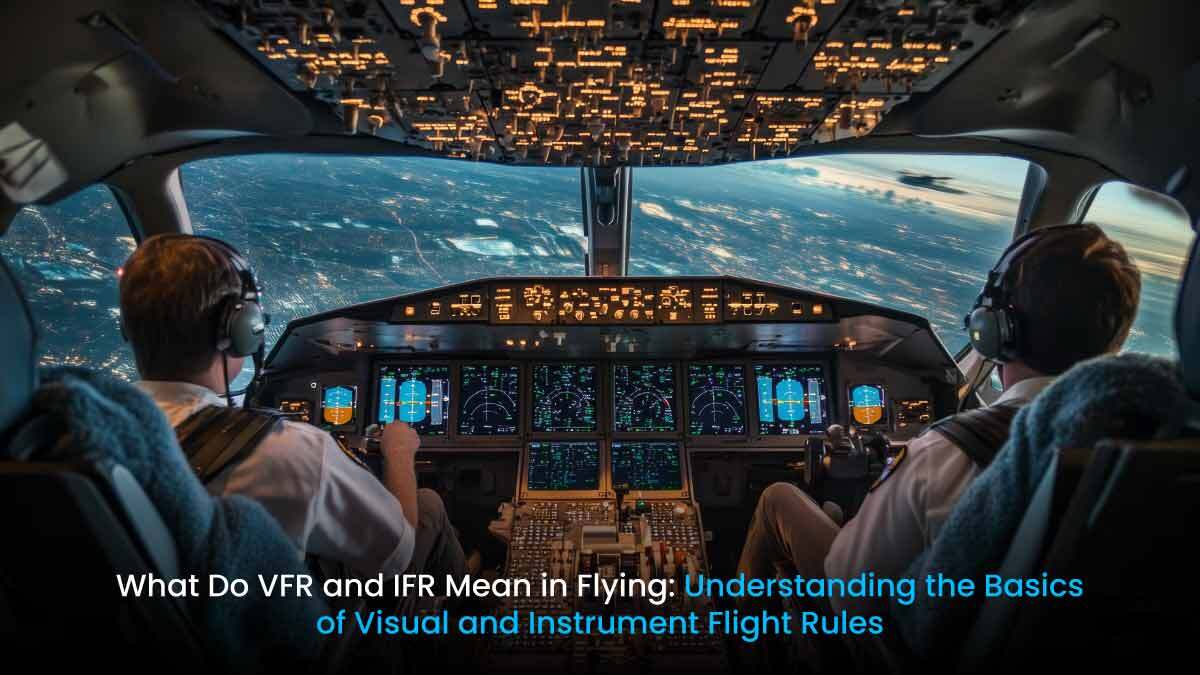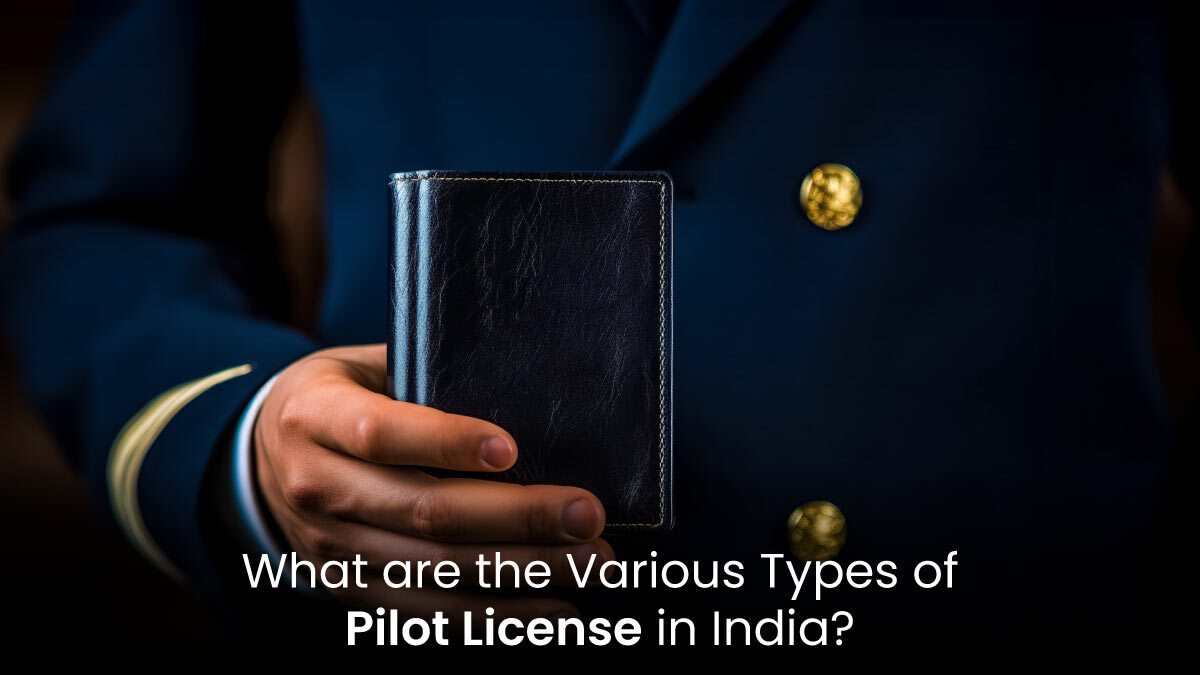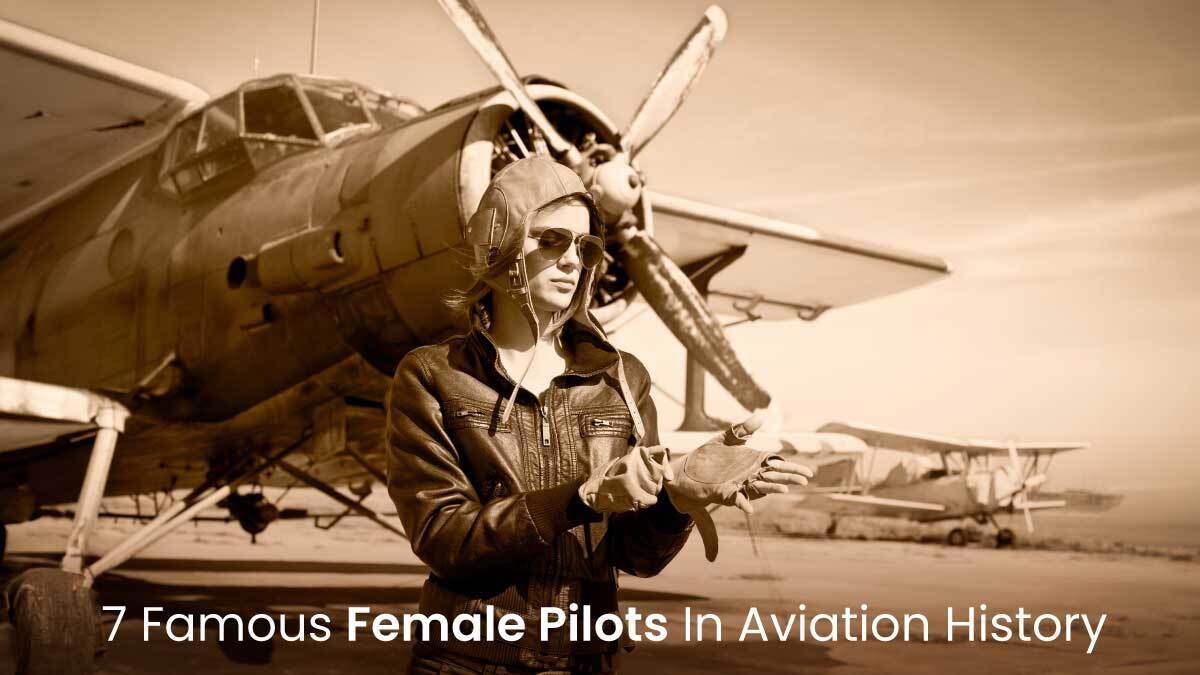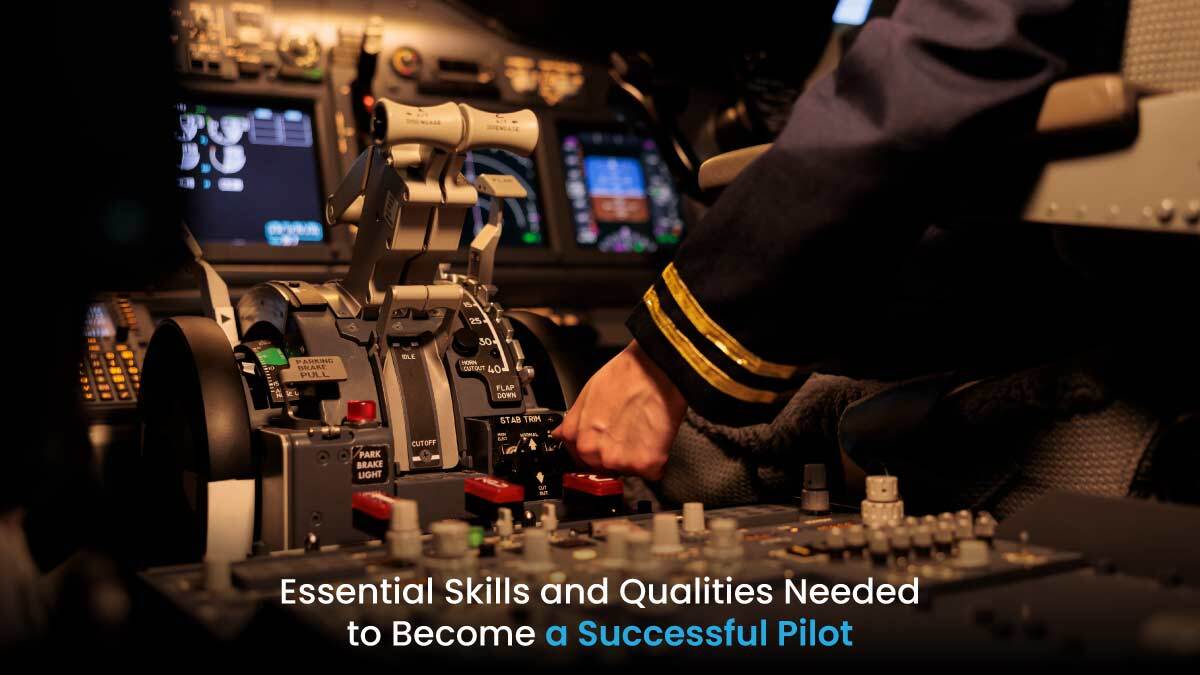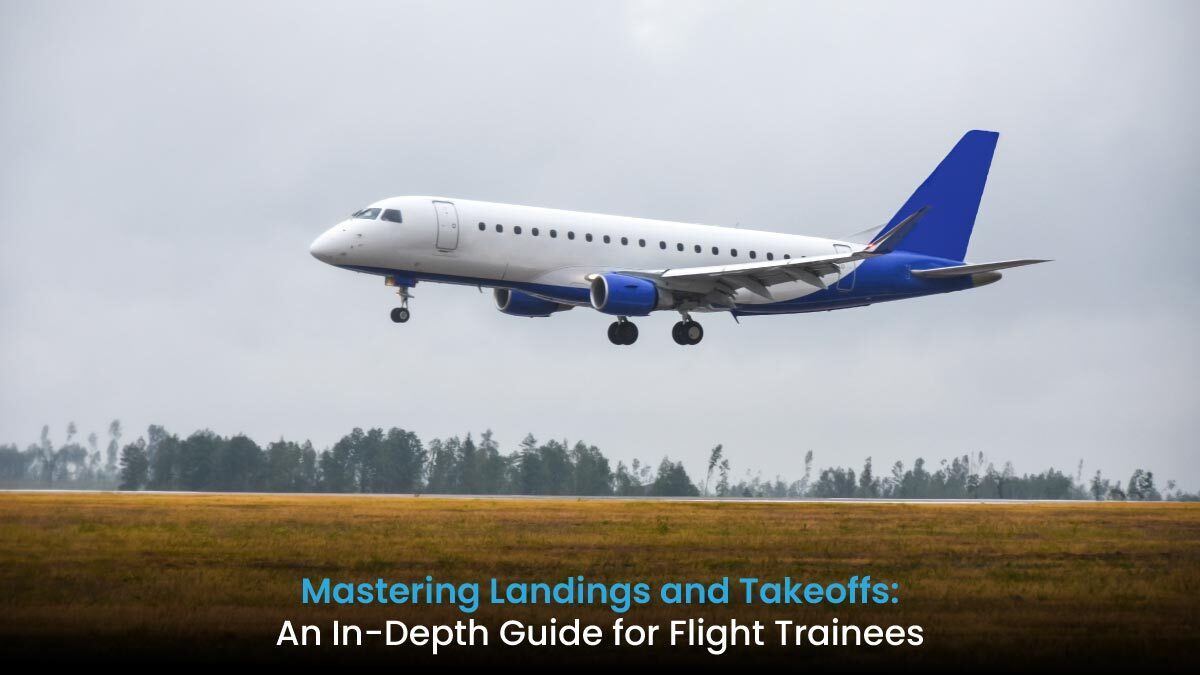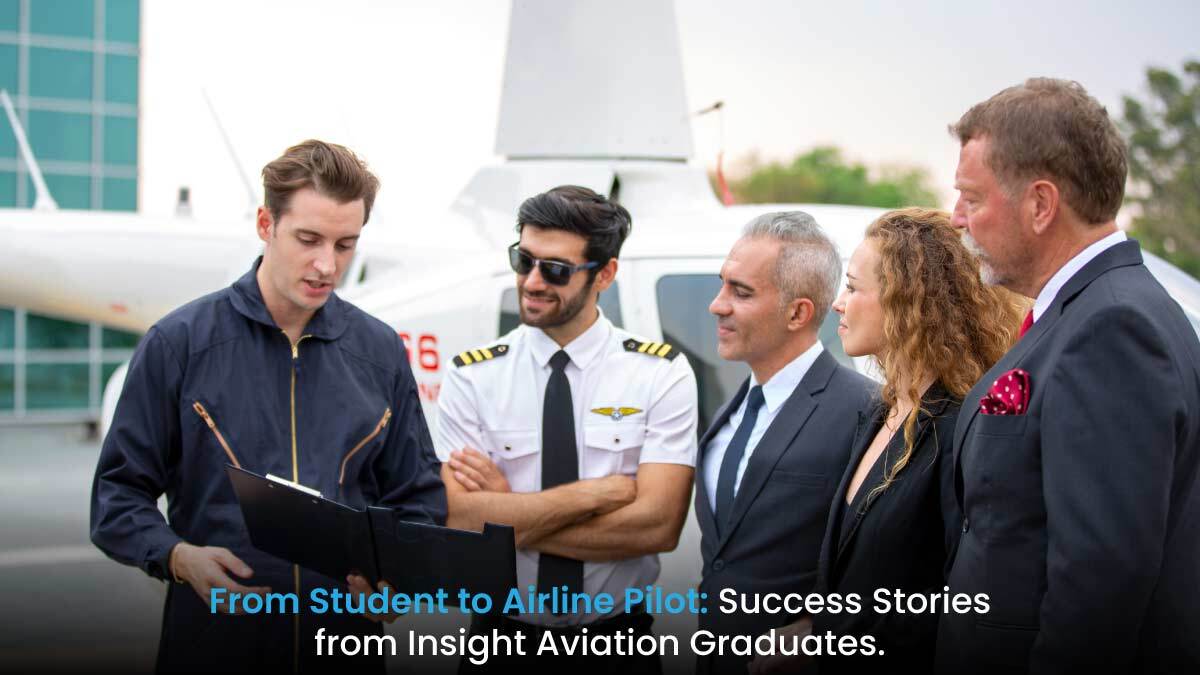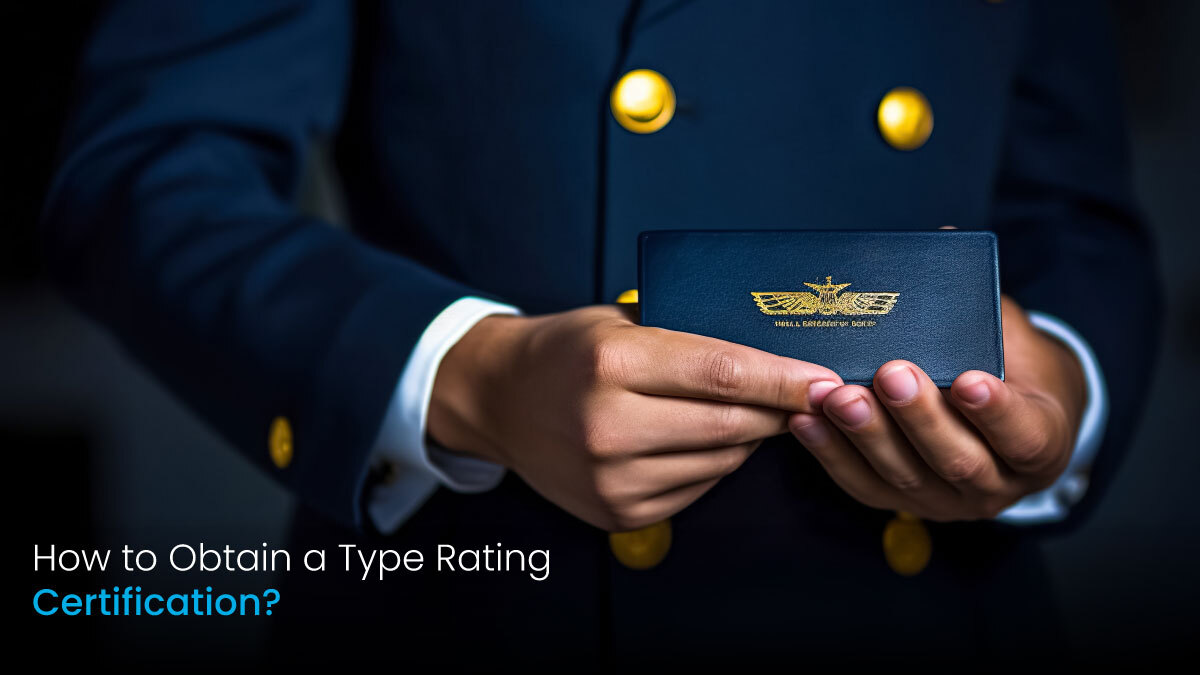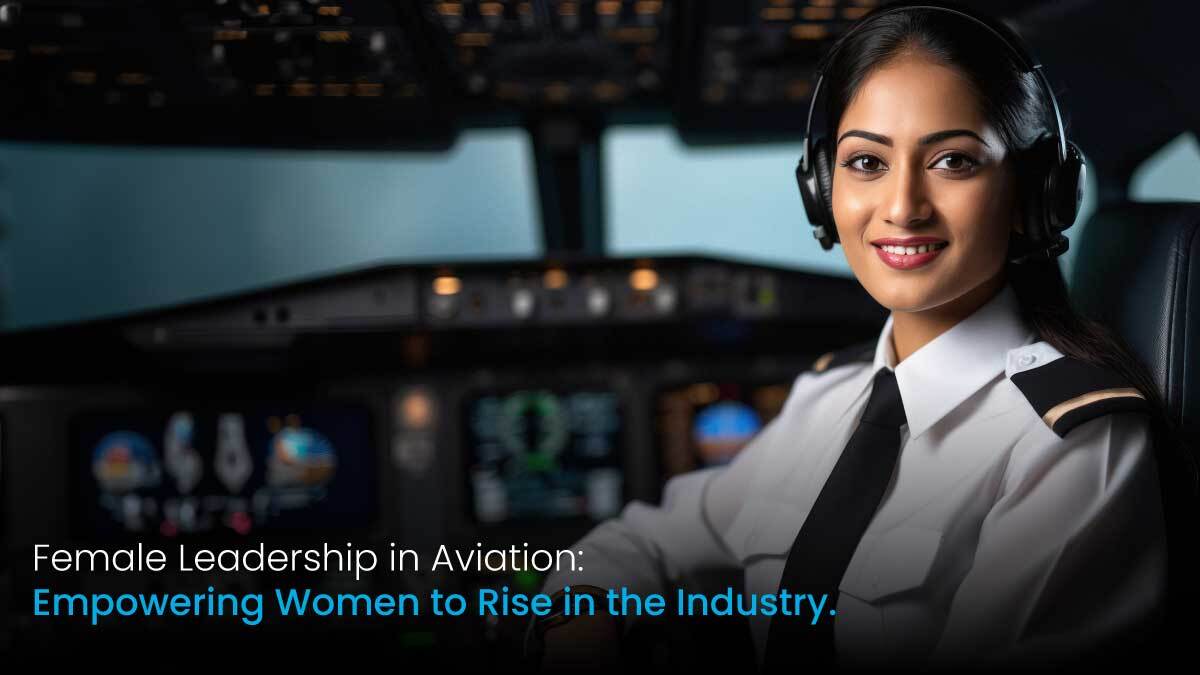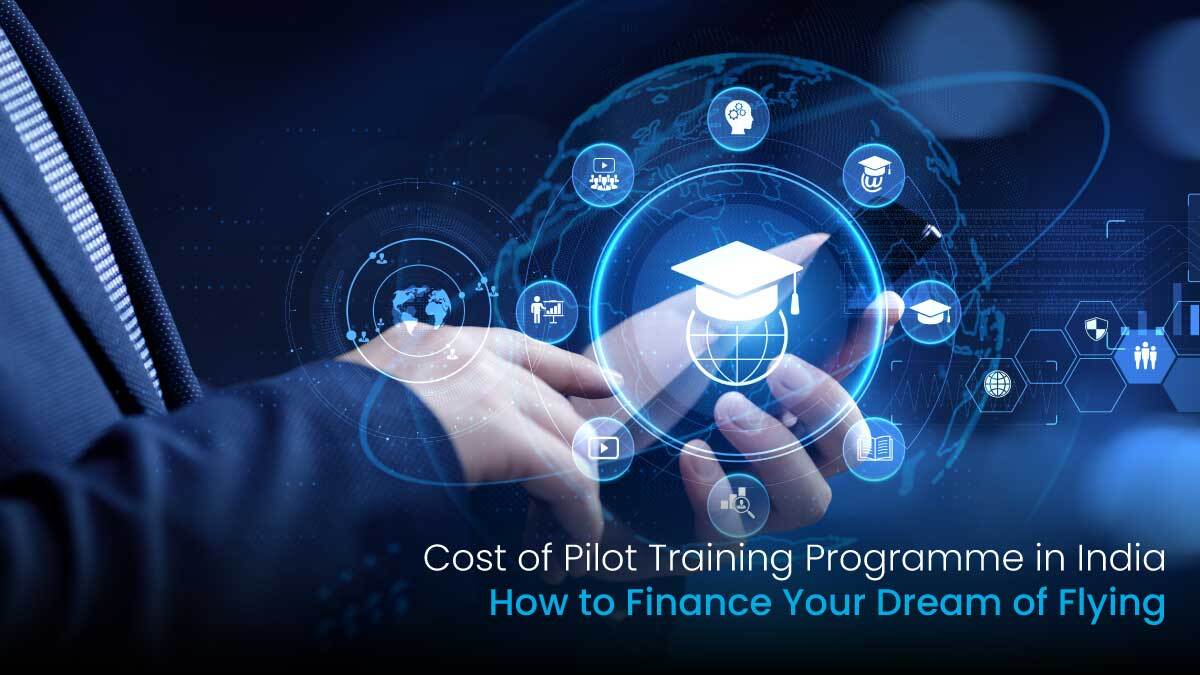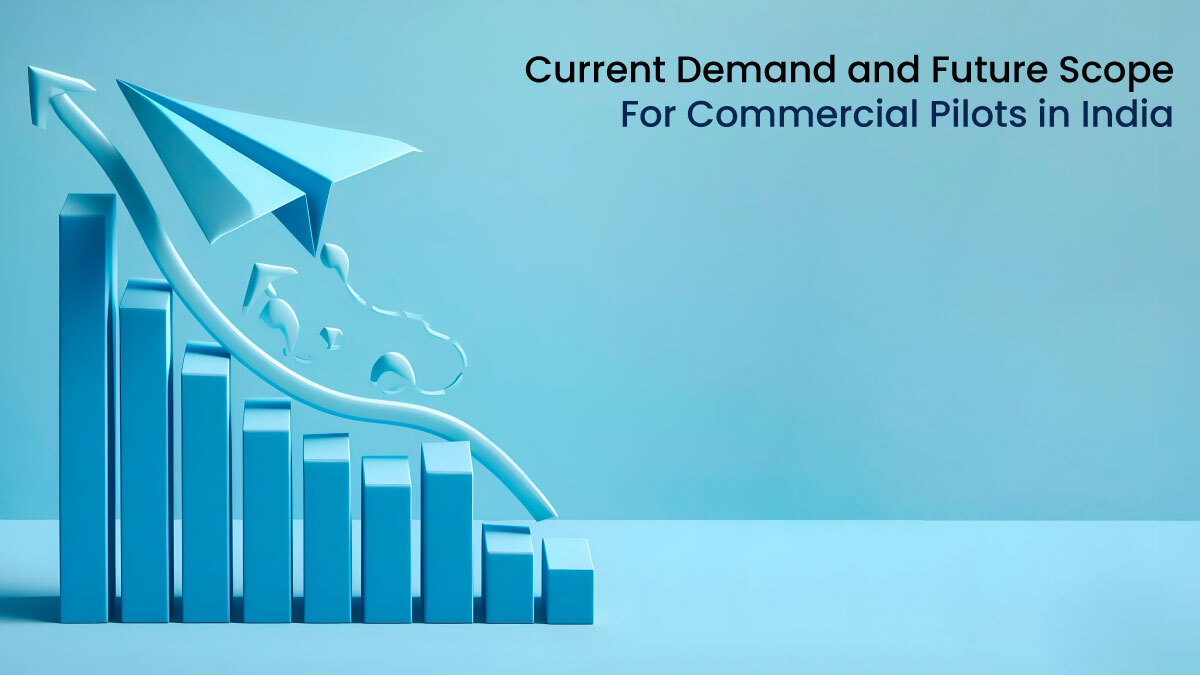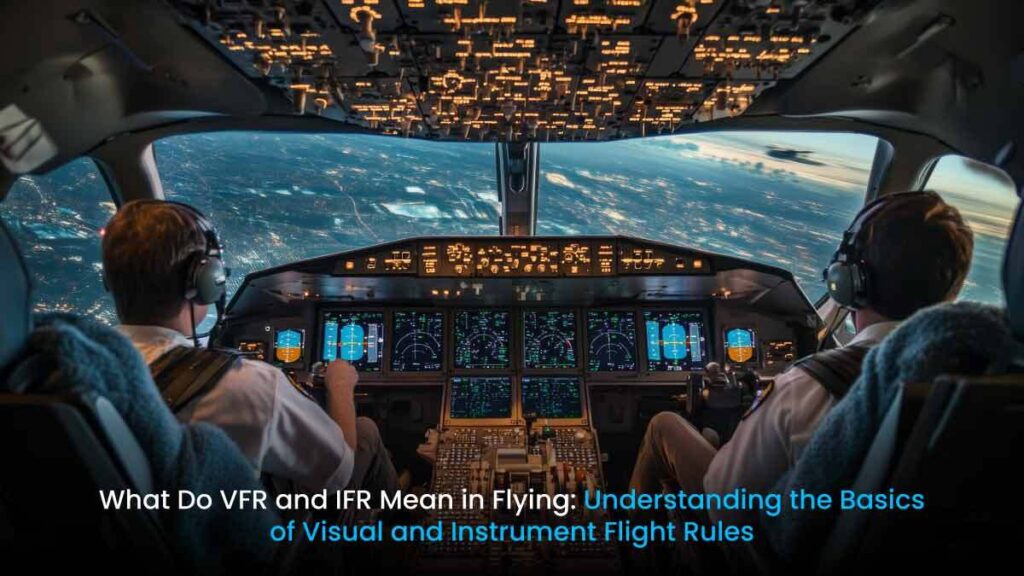
Flying is a fascinating world of codes, systems, and rules. If you’ve ever dreamt of being a pilot or are simply curious about aviation, you’ve likely encountered the terms VFR and IFR. These acronyms represent two fundamental concepts that guide pilots through the skies. So, what do they mean, and why are they important? Let’s break it down.
VFR vs. IFR: Key Differences
| Feature | Visual Flight Rules (VFR) | Instrument Flight Rules (IFR) |
| Full-Form | VFR full form: Visual Flight Rules | IFR full form: Instrument Flight Rules |
| Weather Dependence | Requires clear skies and excellent visibility. | It can operate in poor weather, clouds, or nighttime. |
| Navigation | Relies on natural landmarks and visual references. | Relies on cockpit instruments and ATC guidance. |
| Use Cases | This is for people who enjoy flying for fun and at lower altitudes. Not for commercial usage. | Commercial and professional aviation |
| Training Focus | Situational awareness and visual navigation. | Advanced instrument interpretation and precision flying. |
| Air Traffic Control | Limited coordination with ATC. | High dependency on ATC for route and altitude management. |
Visual Flight Rules (VFR): Flying with Your Eyes Wide Open
The VFR’s full form is “Visual Flight Rules.” As the name suggests, this system relies heavily on a pilot’s ability to navigate visually. Under VFR, pilots use natural references like landmarks, rivers, and roads to maintain their course. This flying mode is typically used during clear weather when visibility is excellent and there are minimal obstructions like clouds or fog.
Flying under Visual Flight Rules offers a sense of freedom. Pilots can enjoy stunning views, make navigational decisions based on what they see, and maintain a strong connection with their environment. However, this freedom comes with responsibility. Pilots must remain vigilant, avoid obstacles, and keep track of air traffic to ensure safety. This is why Pilot Training emphasises situational awareness and navigation skills for VFR flights.
VFR flying is popular among general aviation pilots, recreational flyers, and those who enjoy flying at lower altitudes. However, it is not always suitable, particularly when weather conditions limit visibility.
Instrument Flight Rules (IFR): Trusting Your Instruments
The IFR full form is “Instrument Flight Rules.” This system is the go-to for flying in less-than-ideal weather or in airspaces where VFR isn’t practical. Under IFR, pilots rely on cockpit instruments rather than their eyes to navigate and maintain altitude, direction, and speed.
IFR flying opens the skies for commercial flights and long-haul journeys. It helps pilots fly through clouds, rain, or even at night when visibility is almost zero. The instruments provide precise data about the aircraft’s position, ensuring safety and accuracy. Air traffic control (ATC) plays a crucial role in IFR operations, guiding pilots through congested airspaces and managing flight paths.
Learning to fly under IFR requires specialised training, as it involves interpreting complex instrument data and executing precise manoeuvres. This is why IFR training is often considered a significant step in a pilot’s journey to becoming fully qualified.
What instruments are used for IFR flight?
For IFR flights, pilots use a variety of instruments, including:
- Attitude Indicator (shows the aircraft’s orientation relative to the horizon)
- Altimeter (measures altitude)
- Airspeed Indicator (measures the speed of the aircraft)
- Heading Indicator (shows the aircraft’s direction)
- Artificial Horizon (shows the orientation of the plane)
- Vertical Speed Indicator (shows the rate of climb or descent)
VFR vs. IFR: When to Use Each
The choice between VFR and IFR depends on several factors, including weather, airspace, and the type of flight. On a bright, clear day, Visual Flight Rules (VFR) provide the perfect flying conditions. However, in stormy weather or during nighttime flights, Instrument Flight Rules (IFR) become essential for safe navigation.
Commercial airlines predominantly operate under IFR to ensure consistency and safety, regardless of external conditions. Recreational pilots, on the other hand, often prefer VFR for its simplicity and visual appeal.
Why is IFR considered safer than VFR?
IFR is considered safer in certain conditions because it allows pilots to navigate accurately in low-visibility environments like clouds, fog, or storms. It removes the uncertainty of visual navigation and relies on instruments and air traffic control to ensure the aircraft stays on course, minimising the risk of collisions or disorientation.
Why These Rules Matter
Both VFR and IFR serve the same purpose: safety. They create standardised procedures that help pilots navigate the complexities of air travel while ensuring smooth coordination with ATC and other aircraft.
For aspiring pilots, understanding these rules is a vital part of Pilot Training. Mastering VFR teaches situational awareness, while IFR develops technical proficiency and trust in technology. Together, they form the backbone of aviation knowledge, enabling pilots to adapt to varying conditions confidently.
Whether you’re a future aviator or simply an enthusiast, grasping the concepts of VFR and IFR gives you a deeper appreciation of the intricacies of flying. These rules are not just technical jargon; they represent the art and science of aviation, blending human skill with cutting-edge technology. Insight Aviation’s IndiGo Cadet Pilot Programme can take your learning journey to the next level with expert guidance and advanced instruments.
So, next time you hear a pilot talking about flying “by sight” or “on instruments,” you’ll know exactly what they mean—and why it’s so fascinating!
FAQs
Q. What does VFR form for in aviation?
A. The VFR full form in aviation stands for “Visual Flight Rules,” which allows pilots to navigate using visual cues in clear weather conditions.
Q. What does IFR full form for in aviation?
A. The IFR full form in aviation stands for “Instrument Flight Rules,” which requires pilots to navigate using instruments, often in low-visibility conditions.
Q. When is VFR used in flight?
A. VFR is used when weather conditions allow pilots to navigate visually with clear skies and good visibility.
Q. What are the main differences between VFR and IFR?
A. The main differences are that VFR relies on visual navigation in clear weather, while IFR uses instruments and ATC guidance for navigation in low-visibility conditions.
Q. Why is IFR considered safer than VFR?
A. IFR is considered safer in poor weather because it enables precise navigation using instruments and air traffic control, reducing the risk of accidents due to limited visibility.
Q. Can student pilots fly in IFR conditions?
A. Student pilots cannot fly in IFR conditions until they have completed instrument training and obtained an instrument rating.

